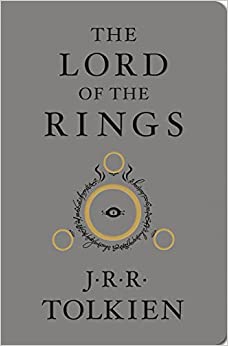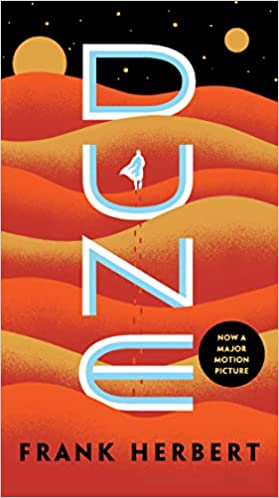
Building Immersive High Fantasy Worlds:
Tips and Tricks
So, what is High Fantasy? High fantasy, often referred to as epic fantasy, is a subgenre of fantasy literature that distinguishes itself from other forms of fantasy through certain key characteristics and differences. Novels or series like The Lord of the Rings by J.R.R. Tolkien, A Song of Ice and Fire series by George R.R. Martin, and The Wheel of Time series by Robert Jordan (and completed by Brandon Sanderson) are prominent and epic High Fantasy novels.
The main difference from Fantasy making High Fantasy a sub-genre is the novel’s completely fictional and immersive secondary world, often with its unique geography, history, cultures, and magic systems, the story is grand and has epic scope often involving world-altering events, quests to save the world, or battles between forces of good and evil, and the novels often features complex and well-defined magic systems that play a central role in the story. The characters are a diverse cast, including heroes, wizards, elves, dwarves, or other fantastical races. Most of these authors write with a serious tone, with high stakes and moral dilemmas. The books are longer and more complex, with intricate plots and subplots, often moving to series. The narratives are often inspired by mythology, folklore, and legends, which are woven into the story. The author often uses a formal and descriptive writing style, with a focus on creating a sense of awe and wonder in the reader.
The Mistborn series by Brandon Sanderson and The Chronicles of Narnia series by C.S. Lewis are other great examples.
As a writer, tailoring your voice toward High Fantasy you need to focus on five areas:
- The main key is world-building – consider geography, history, cultures, religions, languages, money, time, and a magic system. There are probably a few thousand more things I’m missing on this topic but check out my previous blog The Glorious Art of World Building
- Incorporate a Magic System by establishing clear rules and limitations for how magic works. I have a novel coming out soon called Sparrows Legacy where I’ve introduced the magic via the characters and show how they learn to develop the magic. There is a distinct relation between magic and the characters and how distinct personalities, motivations, and flaws are revealed. Think of Aria Stark and her dark arts mentor Jaqen H’ghar who teaches her to become a face-swapping no-named ninja. Or perhaps think of Alia Atreides from Frank Herbert’s Dune series and her Bene Gesserit training.
- Avoid info dumps. Learn to reveal details gradually through character actions, dialogue, and the unfolding plot. Balance moments of tension, action, and introspection. High fantasy often features large-scale conflicts and quests, but character development remains important.
- Language and tone need to be consistent, a narrative tone that suits the world you’ve created. High fantasy can be formal and descriptive or more modern and accessible, depending on your vision (e.g., The Lies of Locke Lamora (Book 1 of the “Gentleman Bastard series) by Scott Lynch which used more modern dialogue that readers can relate to.) Consider using invented languages sparingly and provide translations or context when necessary.
- Maps, illustrations, or visual aids are really vital. Creating maps of your fictional world can help you and your readers visualize the setting. Maps can be particularly useful in high fantasy where geography often plays a significant role. Consider including illustrations or visual aids to enhance the reader’s understanding of unique creatures, magical items, or locations.
Remember that writing high fantasy can be a long and intricate process, so be patient and persistent in your efforts. Immerse yourself in the world you’re creating and enjoy the journey of bringing it to life on the page.
I also want to give a quick shout-out to PLOTTR software which is very intuitive. My new favorite writing aid. This plotting software is da bomb. Use any of my affiliate links below and I might get a small commission. Thanks.
Check out my Youtube channel for PLOTTR videos @jlnichauthorsff
Joseph Michael’s Learn Scrivener Fast e-course
Please read and review my serial publishing novel, Sparrow’s Legacy, on Kindle Vella. You can read the first three chapters free on Amazon by searching for “Sparrows Legacy Kindle Vella” or clicking here. I. Please subscribe to my website if you want to be notified when I’ll be publishing or to get free samples of my work.
JLNich, Science Fiction Fantasy Author



